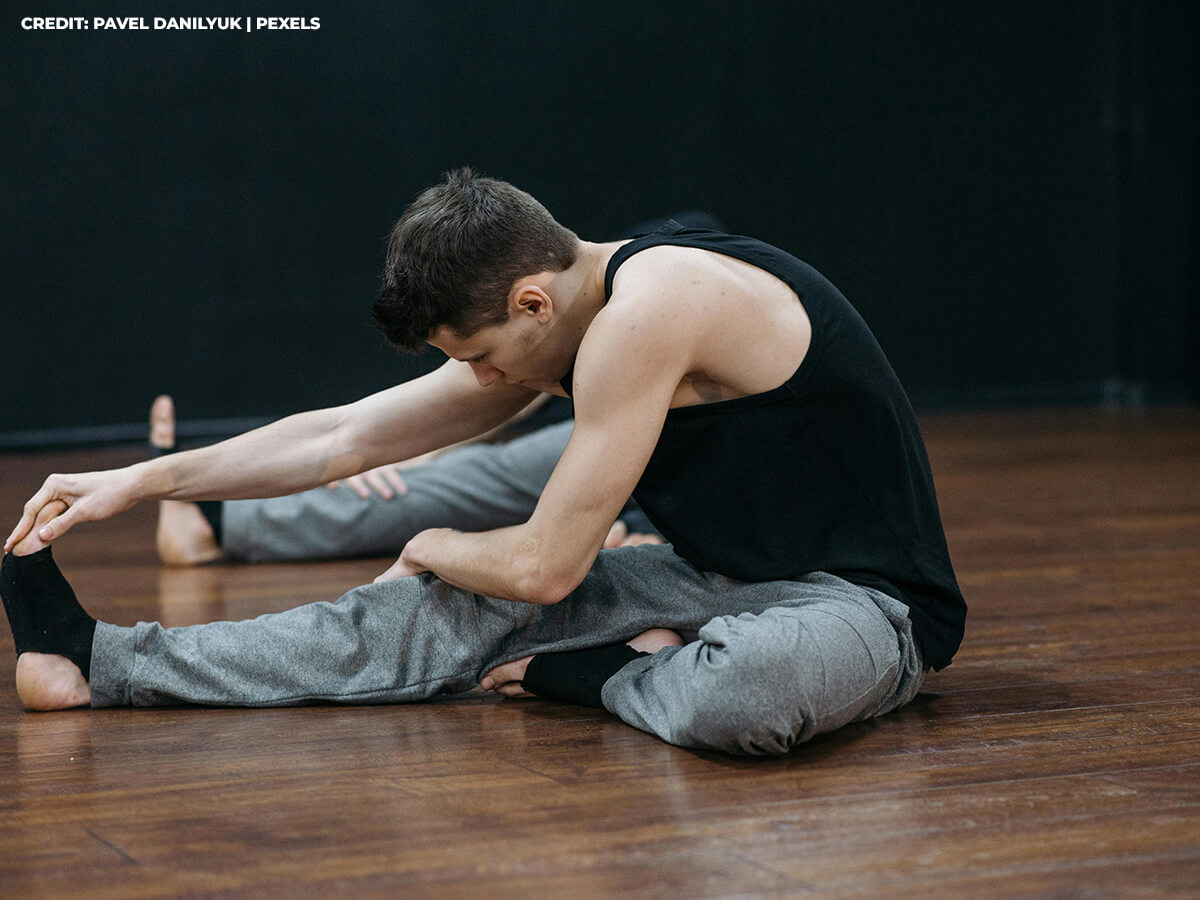For runners, the rhythmic pounding of pavement is a source of joy, a release, a test of endurance. But with every mile logged, the body endures stress, and one area particularly prone to tightness and injury are the hamstrings.
These powerful muscles located at the back of the thigh play a crucial role in propelling you forward. When they become tight or strained, your stride suffers, and the risk of injury skyrockets.
Enter the lacrosse ball: a simple, yet remarkably effective tool for self-myofascial release (SMR), specifically targeting hamstring tension.
Hamstring tightness is a common complaint among runners. It can stem from overuse, inadequate warm-ups, poor posture, or even sitting for prolonged periods. When the hamstring muscles are constricted, they limit your range of motion, impacting your running efficiency and increasing the likelihood of strains and pulls, even knee pain. Traditional stretching can provide some relief but often fails to address the deeper layers of muscle tissue where tension resides. This is where the lacrosse ball excels.
The principle behind lacrosse ball release, or SMR, is to apply direct pressure to trigger points or “knots” within the muscle. These knots are areas of contracted muscle fibers that restrict blood flow and contribute to pain and tightness. By applying pressure, you can stimulate these areas, breaking up adhesions and promoting muscle relaxation.
Targeting Your Hamstrings with a Lacrosse Ball
To release tension in your hamstring muscles, this exercise with a lacrosse ball is highly effective.
Step 1: Initial Positioning
- Begin by sitting on a chair or the floor with your legs extended in front of you.
- Place the lacrosse ball underneath your hamstring, roughly in the middle of your thigh.
- Note: Even the weight of your leg alone may induce soreness if your hamstring is strained. This is a sign that the muscle is tight and needs attention.
Step 2: Applying Pressure and Stretch
- Slowly straighten the leg with the lacrosse ball underneath it.
- This action creates a stretching sensation under the pressure of the ball. The combination of pressure and stretch is crucial for releasing tension.
Step 3: Gradual Movement
- Begin with the ball under the middle of your hamstring.
- Gradually work the ball upwards, towards the back of your hip.
- If you find a particularly tender spot, pause and apply sustained pressure.
Step 4: Targeted Trigger Point Release
- Adjust the ball’s position to target different areas of your hamstring.
- Pay attention to any areas that feel particularly tight or tender; these are likely trigger points. Spend extra time applying pressure to these areas.
Step 5: Adapting to Obstacles
- If you encounter obstacles, such as a chair or backrest, shift your body to create space.
- Adjust your position to allow the ball to reach closer towards your knee.
Step 6: Full Hamstring Engagement
- As you straighten your leg, focus on releasing tension throughout the entire hamstring muscle.
- Allow the lacrosse ball to penetrate the muscle tissue and promote relaxation.
Step 7: Exploration and Variation
- Experiment with different positions and angles to target various muscle fibers.
- You can slightly rotate your leg inward or outward to access different areas of the hamstring.
- Take your time, and move slowly.
Step 8: Controlled Pressure
- Control the amount of pressure you apply. To much pressure can cause more pain.
- Use your hands on the floor to control how much weight is applied to the lacrosse ball.
Benefits of Regular Hamstring Release
By incorporating this exercise into your routine, along with other exercises designed to unlock peak performance (such as cross-legged release for runners), you can experience a multitude of benefits:
- Improved flexibility. Releasing tension in your hamstrings will increase your range of motion, allowing for a more fluid and efficient stride.
- Reduced muscle soreness. Regular release can prevent the buildup of tension and reduce post-run soreness.
- Enhanced performance. Flexible and relaxed hamstrings contribute to better power transfer and improved running economy.
- Injury prevention. By addressing muscle tightness, you can reduce the risk of hamstring strains, pulls, and other related injuries.
- Increased blood flow. Releasing knots and adhesions improves circulation, promoting muscle recovery and healing.
Integrating Lacrosse Ball Release into Your Routine
For optimal results, incorporate hamstring lacrosse ball release into your routine several times a week. It’s particularly beneficial after a run or workout, when your muscles are warm and pliable. You can also use it as part of your warm-up routine to prepare your muscles for activity.
Remember to listen to your body. Some amount of pain and discomfort is natural when you are working out your muscles, especially to the point of failure to trigger hypertrophy, which builds muscles. However, there is a difference between delayed onset muscle soreness (DOMS), which is normal—and injury, which is not. If you experience sharp pain, stop the exercise and consult with a healthcare professional. While pushing through some discomfort is normal, even recommended, you should never push through intense pain.
While you’re at it, pay attention also to your calves and knees, which, together with your hamstrings, comprise your greatest assets as runners. Look into the tension-release exercises approved by our KW Chiropractors and integrate them into your regular muscle-conditioning routines.

When to Get Professional Support
While SMR is a valuable tool, it’s essential to recognize its limitations. For persistent hamstring tightness or pain, consider seeking professional help. A Chiropractor or physical therapist can provide a comprehensive assessment and develop a personalized treatment plan.
They can identify underlying issues, such as postural imbalances or muscle weaknesses, that may be contributing to your hamstring problems. They can also use advanced techniques, such as manual adjustments and therapeutic exercises, to address these issues and promote long-term recovery.
If you’re a runner experiencing hamstring tightness or pain, don’t let it derail your training. Take control of your muscle health with targeted lacrosse ball release and consider seeking professional support when needed.
For a comprehensive assessment and personalized treatment plan, contact Fairway Chiropractic today. We can help you optimize your running performance and prevent injuries. Schedule an appointment with one of our Chiropractors in Kitchener and let us help you run stronger and pain-free.
Call Fairway Chiropractic today at 519-748-5535.











